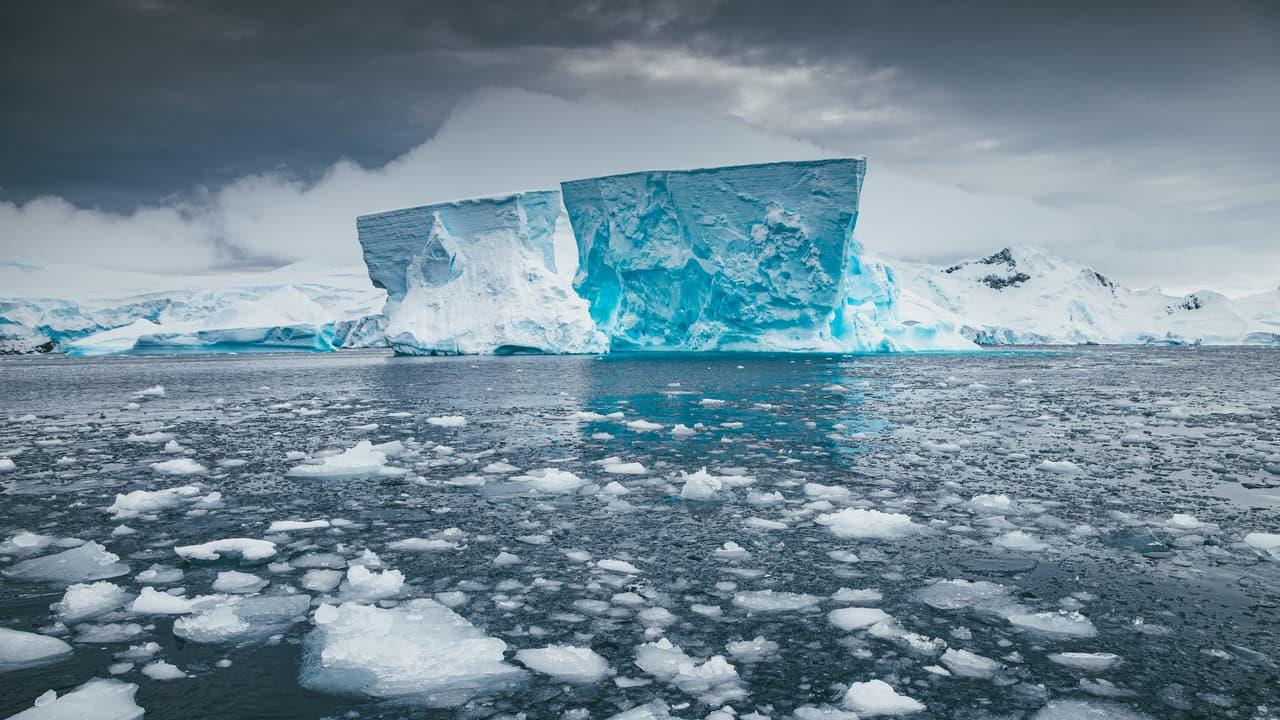Ordinary Ice Found To Generate Electricity And Explain Lightning
When you think of ice, you probably picture glaciers, ice cubes, or frozen mountain peaks. But scientists have just discovered a hidden talent in ordinary frozen water: it can generate electricity when bent or unevenly deformed.
This surprising property, known as flexoelectricity, means that ice can produce electric charge simply by being mechanically stressed. Even more astonishing, at extremely low temperatures (below –113 °C), ice develops ferroelectricity - a state where its surface becomes naturally polarized, and that polarization can be flipped like the poles of a magnet.
The findings, published in Nature Physics by researchers from the Universitat Autònoma de Barcelona (UAB), ICN2, Xi'an Jiaotong University, and Stony Brook University, change the way we understand frozen water - one of the most common substances on Earth.
Cracking the mystery of lightning
For decades, scientists have wondered exactly how lightning sparks inside thunderclouds. It's well known that collisions between ice particles play a role, but traditional physics couldn't fully explain why the ice gained electrical charge.
This new research suggests an answer: when ice crystals collide and deform in complex ways, they may generate electricity through flexoelectricity. That charge build-up could then lead to the dramatic electrical discharge we know as lightning.
Beyond nature: future applications
Flexoelectric and ferroelectric properties aren't just curiosities - they are highly sought after in advanced materials like ceramics used for sensors, capacitors, and memory devices. Now, ordinary ice has joined that league.
Although it's still early, researchers imagine that in extremely cold environments, ice could one day be used as an active electronic material - powering new types of sensors, detectors, or energy-harvesting devices built directly into icy landscapes.
A simple material, a complex secret
“Ice continues to surprise us,” said Dr. Xin Wen, one of the lead researchers.“We now know it can produce electricity when deformed, and under the right conditions, it even develops ferroelectricity. This gives us two different ways ice can act as an electrical material.”
From helping to unravel the mysteries of lightning to opening new technological frontiers, the discovery proves that even the most ordinary materials - like frozen water - can hold extraordinary secrets.
Legal Disclaimer:
MENAFN provides the
information “as is” without warranty of any kind. We do not accept
any responsibility or liability for the accuracy, content, images,
videos, licenses, completeness, legality, or reliability of the information
contained in this article. If you have any complaints or copyright
issues related to this article, kindly contact the provider above.
Most popular stories
Market Research

- Jpmorgan Product Head Joins GSR Trading MD To Build Institutional Staking Markets
- Kintsu Launches Shype On Hyperliquid
- R0AR Launches Buyback Vault: Bringing 1R0R To R0AR Chain Unlocks New Incentives
- Excellion Finance Scales Market-Neutral Defi Strategies With Fordefi's MPC Wallet
- Ethereum-Based Meme Project Pepeto ($PEPETO) Surges Past $6.5M In Presale
- Falcon Finance Unveils $FF Governance Token In Updated Whitepaper





















Comments
No comment